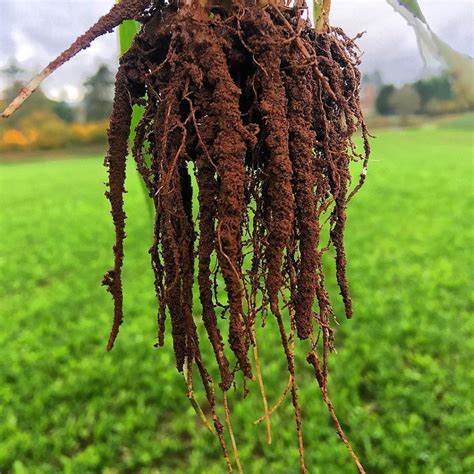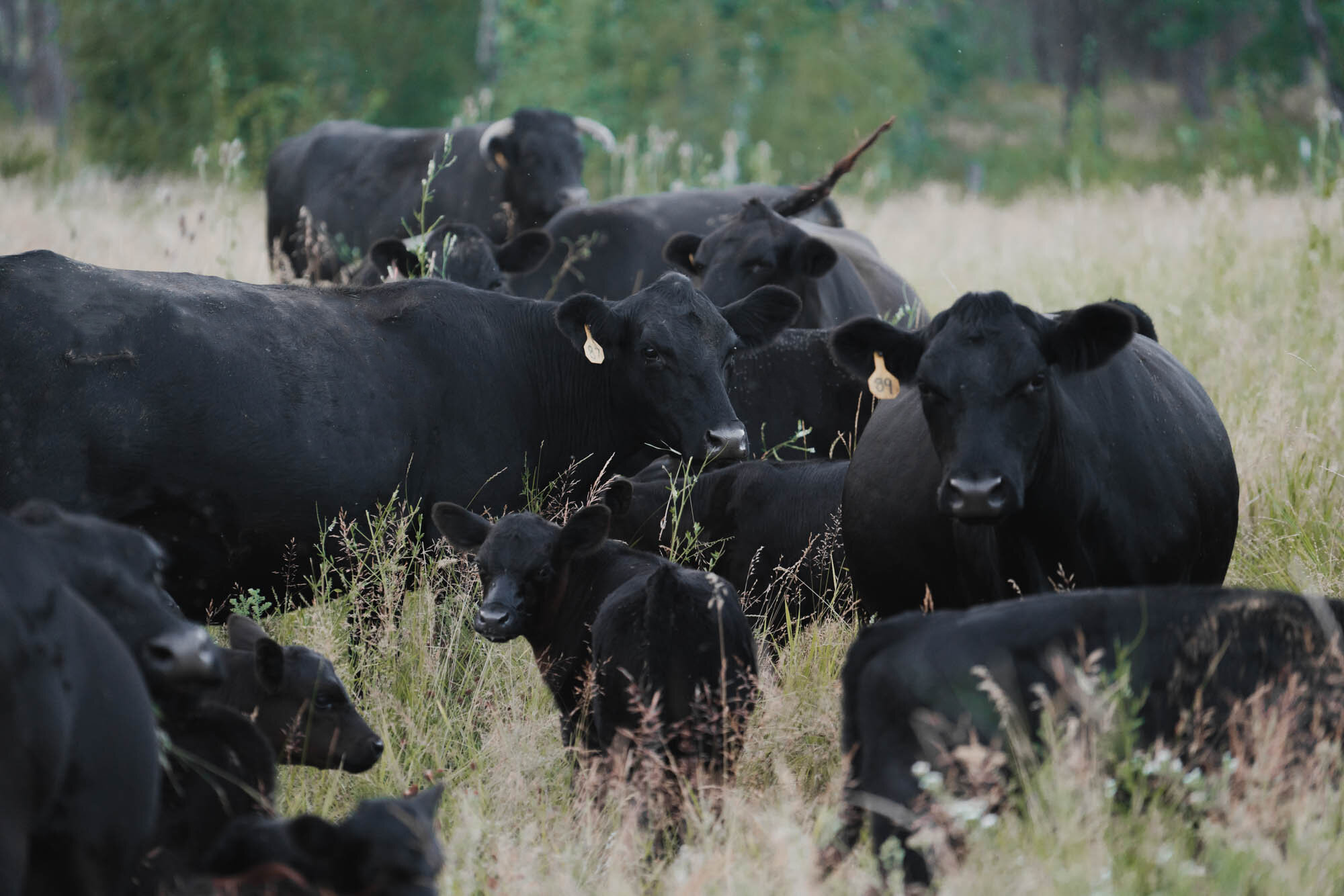Annual grass invasion is a concern in the arid and semi-arid areas of the western states. Exotic annual grasses, like cheatgrass (Bromus tectorum) and medusahead (Taeniatherum caput-medusae), are problem grasses in the sagebrush steppe ecosystem of western North America. They have invaded millions of acres. Their presence in these rangelands increases the frequency of fires.
The annual grasses in sagebrush ecosystems often increase in numbers after a fire. Sagebrush is intolerant of fire and is often killed by the fire, resulting in more nutrients being available for the annual grasses and less competition from the desirable perennial grasses.
Fall-winter grazing was suggested as a management tool to reduce the annual grasses and help perennial vegetation, but little research has been done on this. A report in the June 2021 issue of Rangeland Ecology & Management, published by the Society for Range Management, documents research to test this management approach.
Rangeland scientists with Oregon State University and the University of Nevada established a study to investigate the use of fall-winter grazing to reduce the annual grasses and favor perennial grasses in the mixed grass rangeland of the mountain West. The study was done in southeastern Oregon on the Buzzard Wildfire Complex near Burns, Oregon. The Buzzard Wildfire Complex was started by multiple lightning strikes on July 14, 2014, and burned 395,747 acres.
Seven study sites within this complex were selected for the study. The seven study sites varied in soil characteristics, aspect, slope, elevation, and the composition of plant communities. At each study site, two treatments, separated by a buffer, were applied. The treatments were (1) fall-winter grazing and (2) no grazing.
The fall-winter grazing was applied with cattle between early November and late February and was applied in 2015, 2016, 2017, 2018, and 2019. No other grazing occurred on the study sites during the period of the study. Vegetation measurements were done in June 2016, 2017, 2018, and 2019.
Fall-winter grazing reduced exotic annual grass cover and density, leading to increases in the native perennial grass, Sandberg bluegrass. Grazing resulted in a lower amount of exotic annual grasses present. This reduction in annual grasses reduces the frequency of wildfires, which are fueled by high annual grass populations. Reducing the frequency of wildfires is important because native vegetation is not tolerant of increased fires.
The grazing was managed by livestock producers as part of their operation, and cattle timing of use in each pasture varied among the years. Also, the number of cattle varied among pastures and within pastures and across years. Utilization of available forage was between 30% and 50%, which is considered moderate grazing.
This study indicates winter grazing can reduce exotic annual grass cover and density, leading to increases in the native perennial grass, Sandburg bluegrass. Grazing induced declines in exotic annual grasses and may also decrease the risk of wildfires fueled by high annual grass populations. Fall-winter grazing also reduced annual forbs, suggesting that it can be used to reduce the dominance of annuals in these systems.
This study shows the positive outcomes of a low-cost management tool.
Doug Warnock, retired from Washington State University Extension, lives on a ranch in the Touchet River Valley where he writes about and teaches grazing management. He can be contacted at dwarnockgreenerpastures@gmail.com.



